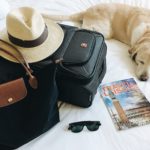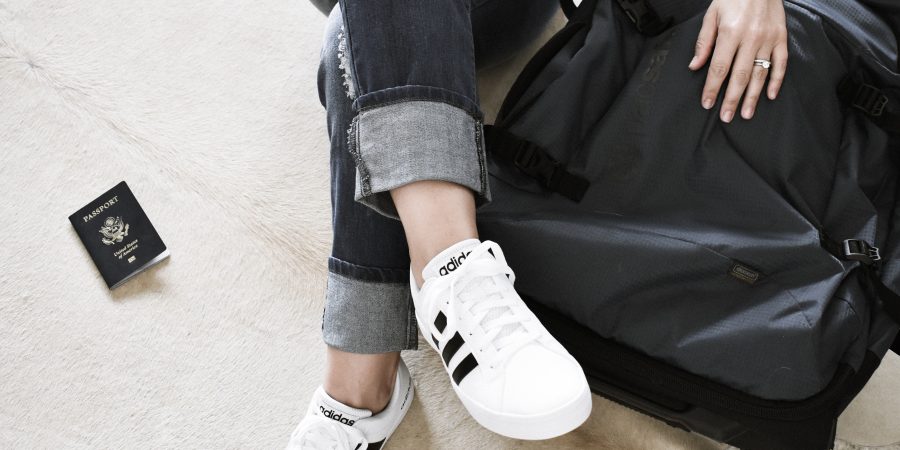As frequent travelers we get asked a lot of questions, especially when it comes to international travel. It’s helpful to get advice from someone who has done this a lot, and although I really don’t like to call myself an expert on anything, I do feel that my husband and I have a lot of experience and advice to share.
If you’re considering international travel but haven’t taken the leap because you’re hesitant or apprehensive about one or all of these things, I’m here to tell you to relax. This may seem like a lot of stuff to keep in mind, but it really just comes down to common sense. I see so many travelers, particularly Americans, doing things that are not only questionable but unsafe as well. You should be free to enjoy your international vacation without the headaches and hassle that come with not adhering to a few simple tips.
This list of international travel tips covers travel documentation, luggage, cameras and adapters, general safety, foreign currency, and communication and language.
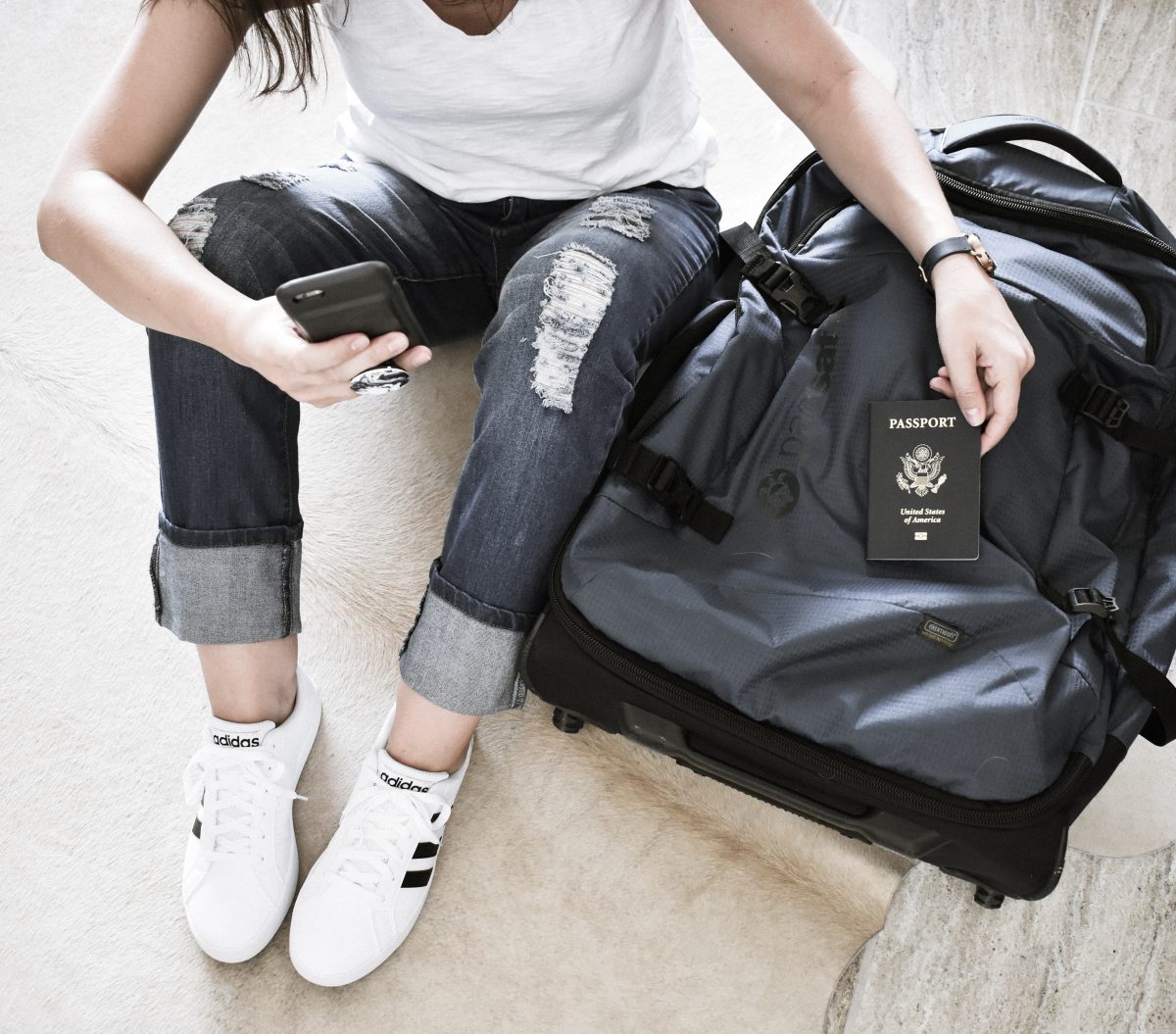
Travel Documentation
The first tip goes without saying, but make sure you not only have a passport but that it’s up-to-date. You’ll need to make sure it’s not 6 months or less before it expires either, as some foreign countries will not grant you entry if it’s that close to expiring. Get a sturdy passport case so you can find it easily in your bag and to protect it. I like this RFID passport holder (we’ll get to RFID more when we discuss bags). Make a photocopy to take with you during the day and keep your real passport in your hotel safe.
Apply for Global Entry. The requirements may seem tedious (and there’s a $100 non-refundable fee) but it is so worth doing. You will save tons of time getting through U.S. Customs while everyone else waits in a really long line. If you have a connecting flight once you’re back on U.S. soil, this can make a difference in whether or not you make it onboard. It has personally saved us from missing our flight.
Apply for TSA Pre-Check. Ok, this is really only for domestic travel, but it goes hand-in-hand with Global Entry. You’ll have to go through security once you land in the U.S. and being pre-check can help speed things up. The $85 membership fee is for five years.
Enroll in the Smart Traveler Enrollment Program (STEP) through the U.S. Department of State. Once enrolled you can register your travel with the local U.S. Embassy in each of your destination countries. If you’re traveling to more than one European country on the same trip, you can register them all together. Have your passport information handy and register anyone traveling with you. You’ll get email alerts for the countries you’re visiting regarding terrorism or other concerns. Don’t panic and cancel your trip when you get your first alert. Most of the time it’s a standard level of vigilance that our country wants you to be aware of. More on vigilance when we discuss safety.
Luggage and Bags
Make sure your luggage is strong enough to withstand all the airport handling during international travel. Your luggage should also safely and securely protect your belongings. We only use Pacsafe luggage because they are the best in anti-theft travel bags. Their bags are designed with slashproof mesh and locking hooks and straps. Zippers can be clipped to deter a pickpocket and they have RFID blocking pockets and materials. RFID protection keeps electronic pickpocketing at bay because it blocks the ability of skimmers to read the data off your credit cards and passports.
Pacsafe bags are extremely durable and will last for years. My husband and I both carry this cross-body shoulder bag during day excursions and we each use this wheeled duffel for our checked bag. I particularly love the wheels on this bag because they can really take a beating down cobblestone streets in Europe. Pacsafe also has a line of camera bags, backpacks, and even handbags and wallets.
Be mindful of the size of your carryon and the allowances in foreign countries. You know those little carryon bag checkers that you’re supposed to be able to fit your carryon into before boarding? You know how we never see anyone being forced to prove their luggage fits in it? Well, in foreign countries you may be asked to actually demonstrate this (I’ve seen it and had to do it myself) and if it doesn’t fit exactly then you’ll have to check it. You also may not be allowed the same number of carryons, so be prepared and able to consolidate if necessary.
If you’re planning any travel by train, also be prepared for really tiny overhead bin space. Your big checked bag is not going to fit. Some trains have space between seats or a luggage rack area but you won’t be able to see your bag or get into it very easily if need be. As a rule, packing smaller bags with less stuff is the smarter way to go.
Label your checked luggage in case the airline “misplaces” it. This has happened more than once to us and thankfully we’ve always gotten it back. Tags are good but they can be ripped off. I always make sure to also place my contact information into the little info holder on the bag itself.
Cameras and Adapters
If you’re bringing your DSLR, make sure it has a strap and that you’re wearing it cross-body style, especially in crowded touristy areas. Backup your photos every evening to cloud storage. You don’t want to lose your camera and all your vacation memories. I use a Nikon D5500 for all our travel photos and the quality of colors is so great that they need very little editing. For selfies and other instant shots we shoot with iPhone.
When it comes to electricity, there are no universal outlets for the world. Be prepared and research what kind of outlets you’ll need an adaptor for. And ladies, leave your hair dryer at home. Hotels everywhere have them as well as every apartment and B&B we’ve rented. It’ll be one less thing in your bag, plus, hair dryers use a lot of voltage so you don’t have to worry about blowing a fuse.
Safety
Common sense and vigilance are really all you need. Use your in-room safe to lock up any valuables or large amounts of cash. Don’t flash expensive items around like watches or jewelry. When seated at a crowded cafe or on a terrace by the street, loop your bag’s strap under your chair leg so it can’t be swiped easily. Don’t leave your handbag unattended (duh). In general, be aware of your surroundings. There are many tactics pickpockets use (even using small children) to get to your belongings. If it doesn’t feel right, then it probably isn’t. Train stations are especially prone to pickpockets as are most touristy attractions like monuments or plazas.
Foreign Currencies
Credit cards are accepted almost everywhere and are probably more secure than here in the states. Restaurant waiters will being a machine to your table for you to swipe, not take your card and disappear with it like here at home. It’s nice actually.
But there will be places that don’t accept plastic. You can get euros or other local currency from an ATM. I recommend using ATMs that are bank ATMs and your hotel or B&B owner can also recommend a reputable one in your neighborhood. Make sure you are aware of your daily withdrawal rate and alert your financial institutions of your international travel before you go. Don’t keep large amounts of cash on your person and split your cash between members of your group so one person does not carry everything.
Communication and Language
Get an international data plan for your phone. Research your carrier before you go. If you don’t get an international data plan then you’ll want to set your phone to airplane mode and rely on wifi. This works with couples who only pay for one data plan on one phone.
When it comes to wifi, don’t connect to random wifi signals. I know it’s tempting if you’re dying to post something to social media, but you’ll open yourself to potential threats. Hotel wifi and restaurant/cafe wifi is generally safe.
Learn basic language skills of the country you’re visiting before you go. Don’t assume or expect everyone to speak English. Most people will appreciate your effort even if you don’t get it perfectly right. Learning to say “Hello” , “Thank you” , “How much is…” , “Please” , and “Where is the bathroom” are phrases you should familiarize yourself with. I love languages so I usually get a pocket language book, but there a million apps that can do this too. I’m just old school.
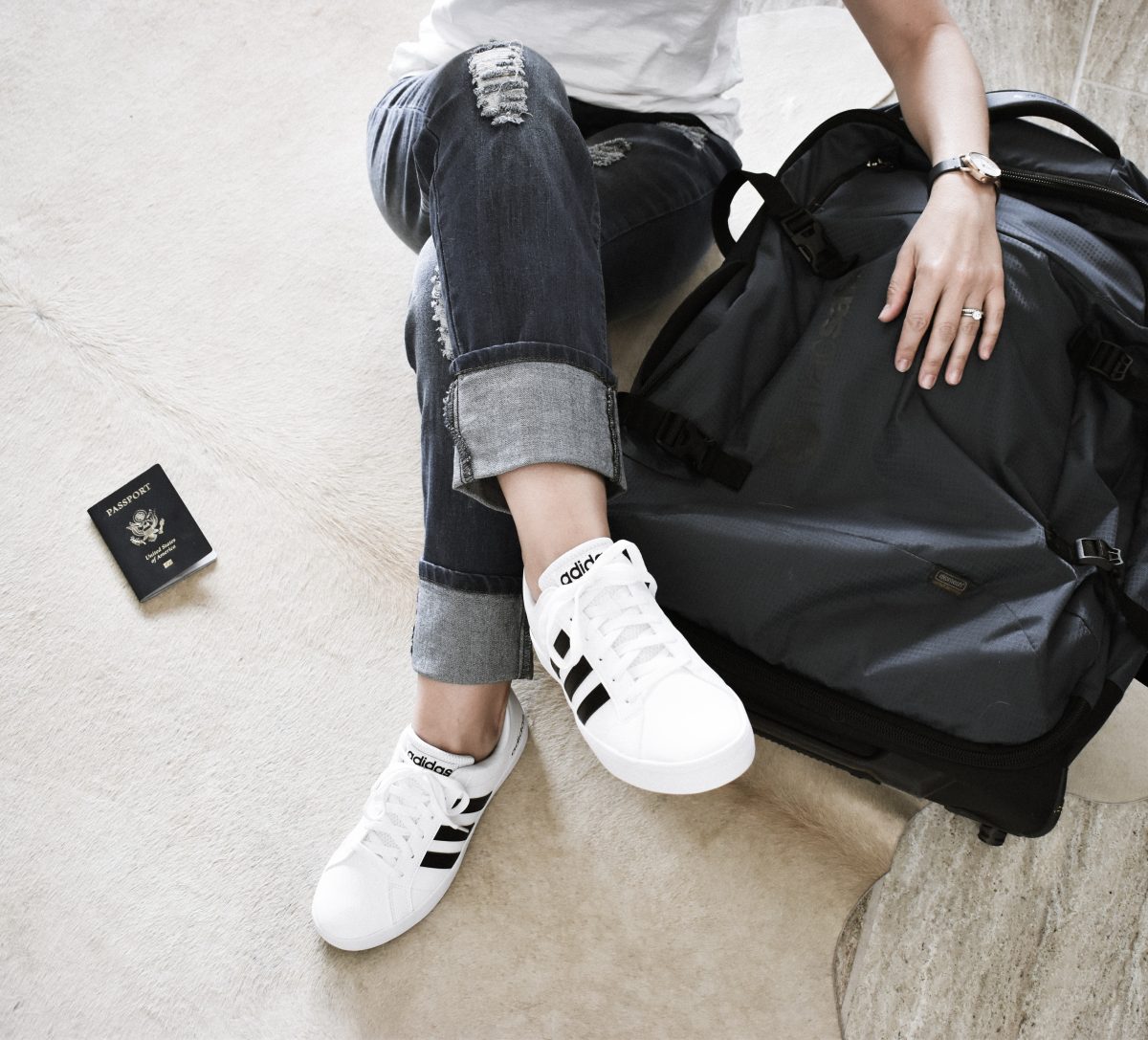
SHOP THE POST
Remember after all of this that you’re there to experience a new culture and have a good time. International travel is not scary. It’s life changing and awesome. We would do it more often if we could. Just keep your wits about you, follow these tips, and you’ll be a pro in no time.
Don’t forget to pin!
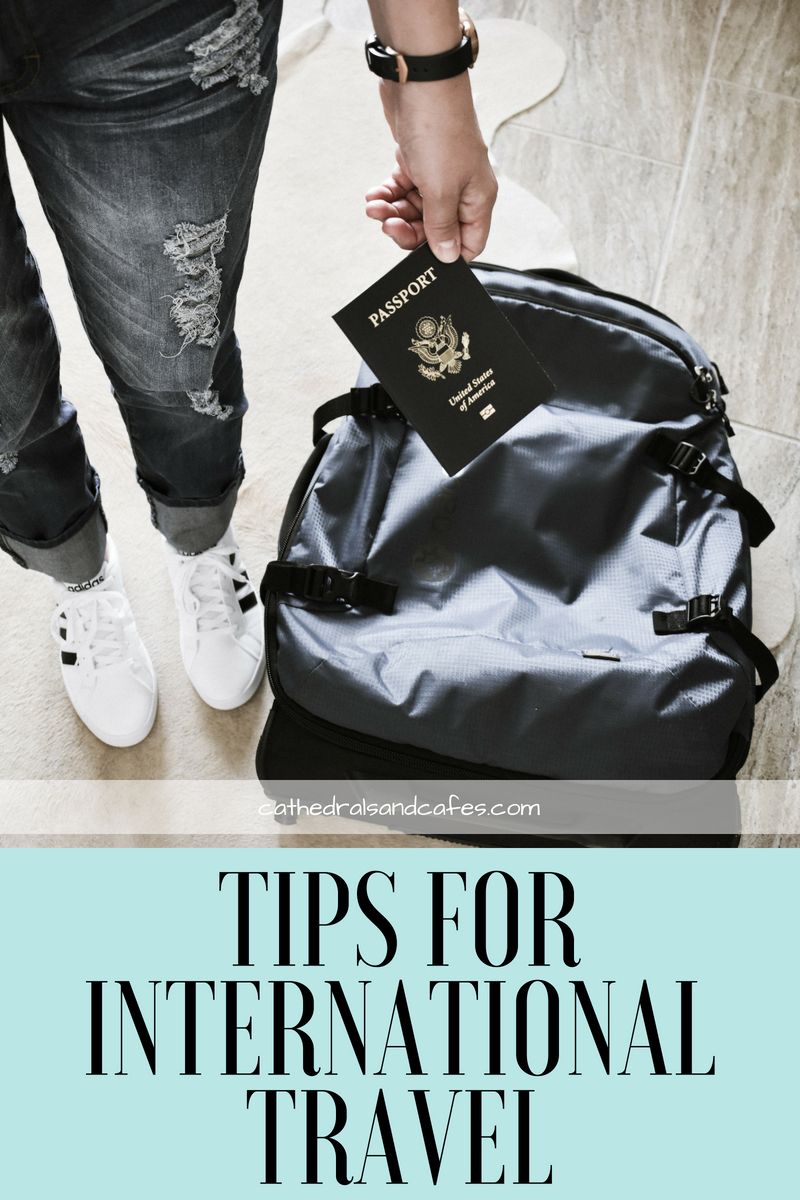
Ciao!
Xo – Erin
Follow me on Instagram, Facebook, Twitter, Pinterest and BLOGLOVIN‘!
International Travel Tips appeared first on CathedralsandCafes.com. All opinions are my own. Please report if you see this content published elsewhere.
You might also like:


